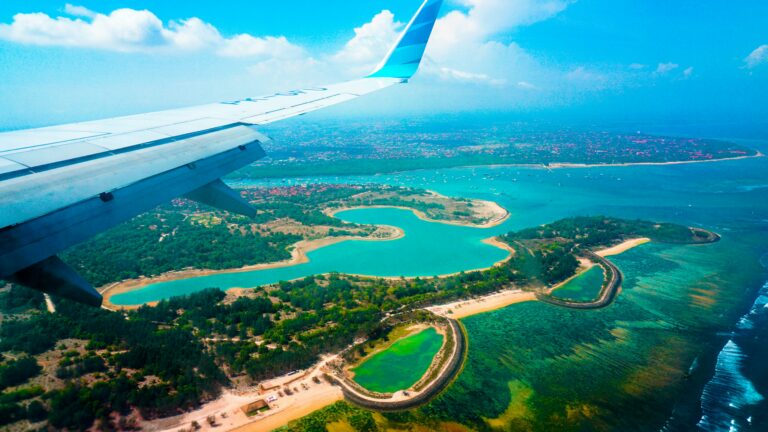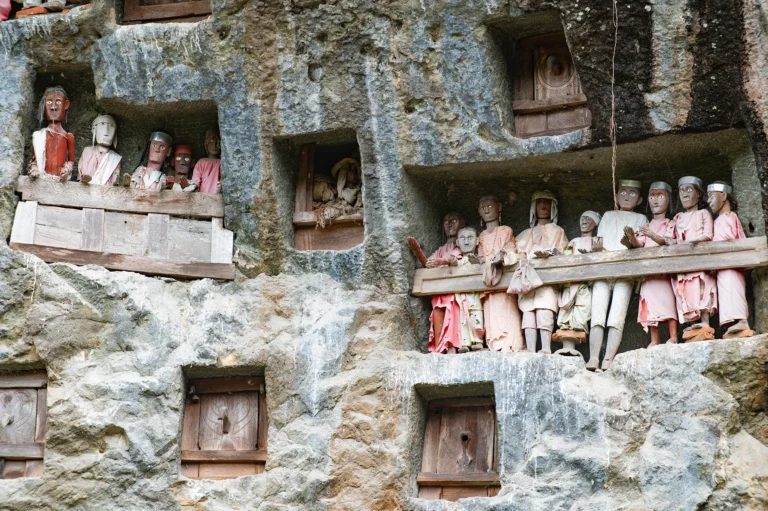Sulawesi is a part of the island chain known as the Greater Sunda Islands. This island is best known for its diving destinations, mountainous landscape and its rainforest. But here are 5 hidden gems that are worth a visit if you want to get off the beaten path!
1. Tanjung Api: An eternal fire on the beach
Located in the central region of Sulawesi, Indonesia, the city of Ampana is home to a beautiful beach known as Cape Fire, also referred to as the “Fire Beach.” You have the opportunity to take a boat excursion to Cape Fire, where you can witness an extraordinary phenomenon: gas escaping from the beach and igniting upon contact with the air.
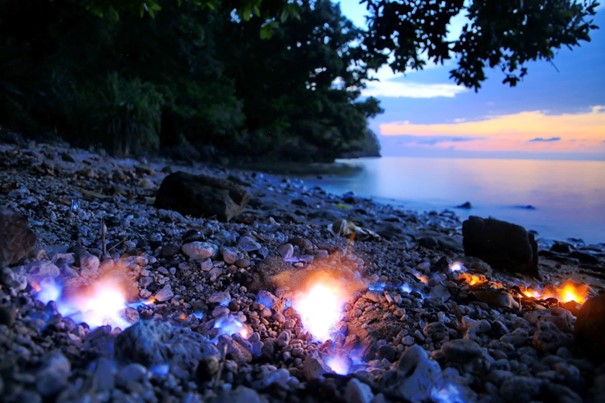
This is a truly impressive experience, as the flames are constantly present. By digging about 5-10 cm, natural gas will emerge, which we can ignite with a match. This flame will continue to burn until we cover it again with soil.
2. Witness the fascinating Ma’nene Rituals
Stay in the authentic traditional houses known as “Tongkanan,” witness the fascinating Ma’nene rituals, and experience total immersion for several days at the heart of Toraja culture. The Toraja are an enigmatic people, characterized by a singular relationship with death and exceptional funeral traditions.
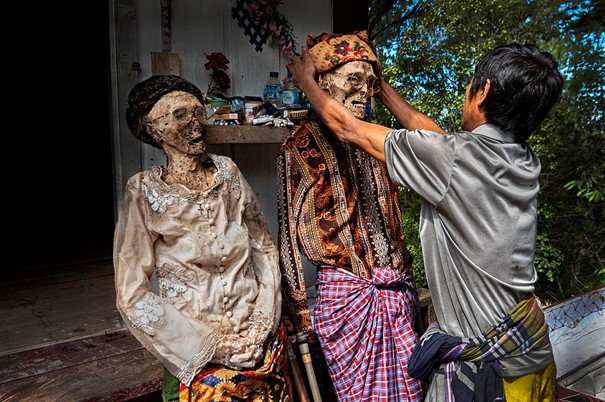
After a person passes away, it is customary to retain the deceased’s remains within their homes for an extended period, sometimes spanning weeks or even months. During this time, they engage in practices that create the illusion of the deceased still being a part of the household. This includes conversing with the departed, occasionally providing them with cigarettes or food offerings.
To prevent decomposition and enable preservation, the bodies are treated with formaldehyde, which effectively halts the natural decay process and leads to a mummification-like state. Additionally, the deceased are housed in adequately ventilated rooms within the residence to mitigate any potential unpleasant odors.
3. Floating Mosque in Palu
The Palu Floating Mosque, also known as the Arqam Babu Rahman Mosque, holds a special place in Palu, and is one of the most unusual places in Sulawesi. This mosque, opened in 2011, stands proudly across from Talise Beach, offering a serene backdrop for worship and reflection. It is dedicated to Datuk Karama, a distinguished 17th-century Muslim scholar whose teachings continue to resonate with the local community.
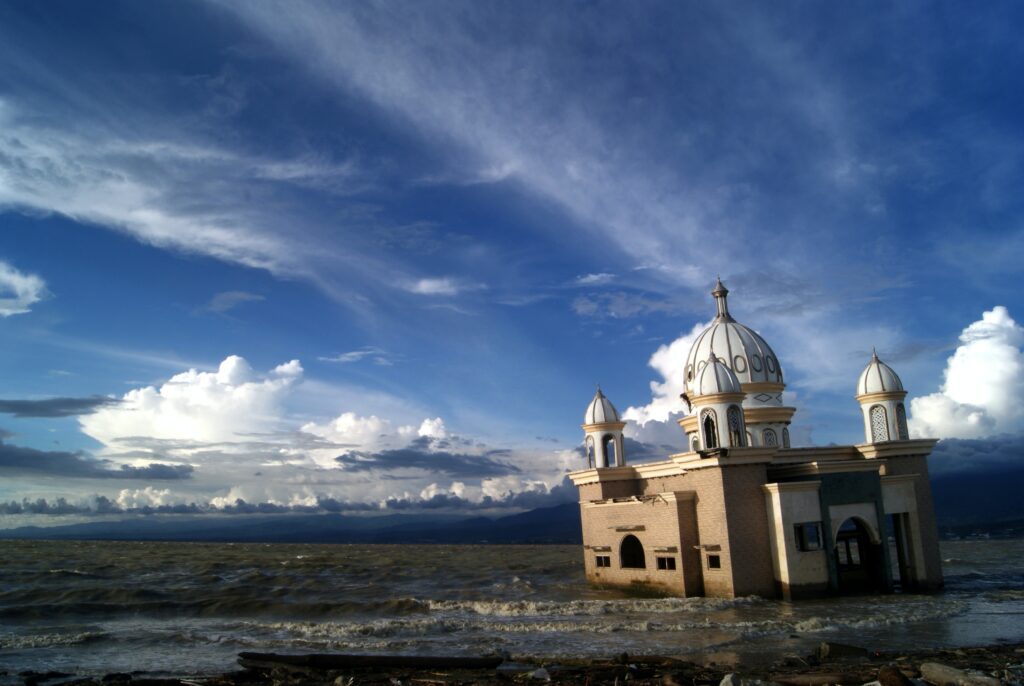
In 2018, Palu faced a catastrophic earthquake and tsunami that left widespread destruction in its wake. Astonishingly, the Palu Floating Mosque was partially submerged during this disaster, but its structural integrity remained intact. This led many locals to interpret its survival as a symbol of divine intervention, a testament to the strength of faith amidst adversity.
As of April 2021, while parts of the mosque were still beneath the water, it remained a resilient and enduring symbol of hope, faith, and community solidarity. The Palu Floating Mosque continues to inspire as it stands firm in the face of natural challenges, reminding all who visit of the enduring power of belief and unity.
4. Lake Tempe, Tana Toraja
The floating houses on Lake Tempe deserve their place in this top list of most unusual places in South Sulawesi. Constructed from bamboo and inhabited by fishing communities, they embody the close relationship between humans and the lake. These floating houses are mobile, adapting to seasonal fluctuations in water levels. Lake Tempe is the cornerstone of the local economy, with fishing as the primary activity.
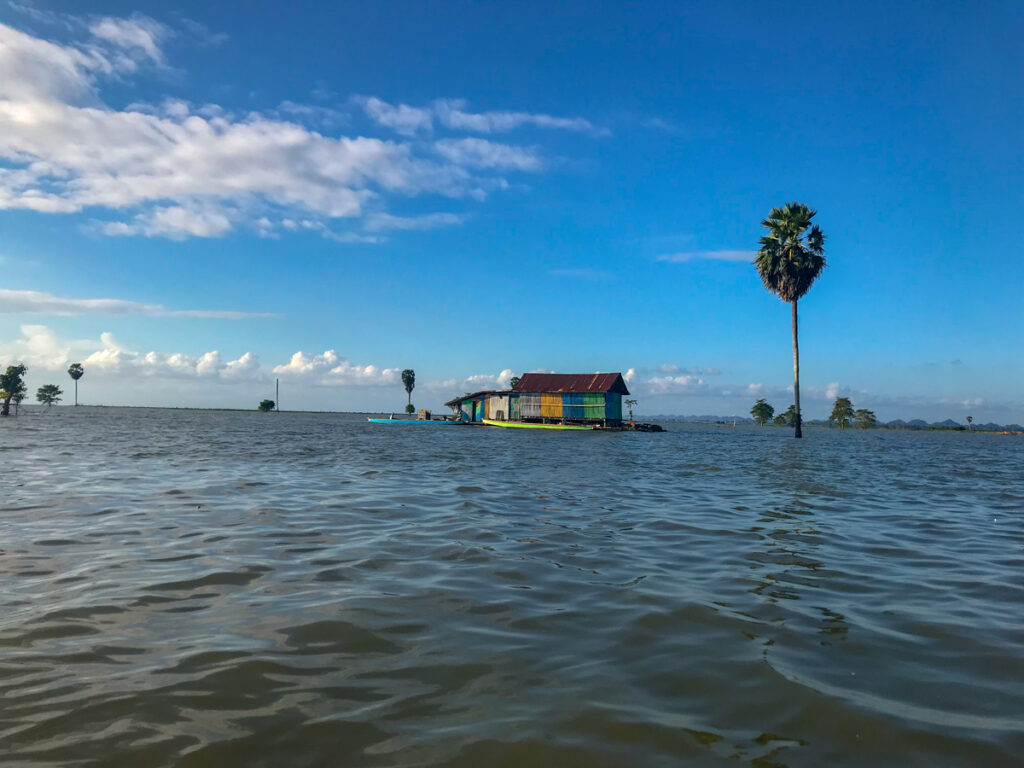
Visitors have the opportunity to immerse themselves in this culture by staying in the floating houses or participating in boat excursions. It’s a unique chance to interact with locals, discover their culture, observe the surrounding wildlife, and experience traditional life in Sulawesi while marveling at the natural beauty of the lake.
These floating houses are both cultural symbols and tourist attractions, preserving heritage while offering an unforgettable experience.
5. Leang Petta Kere
In one of its caves located at Bantimurung district in South Sulawesi, archaeologists have made an incredible discovery: a hunting scene painted over 40,000 years ago, considered the world’s oldest figurative artwork. This dynamic and intricate scene features figures that are part-human, part-animal, suggesting remarkable narrative abilities during this prehistoric era.
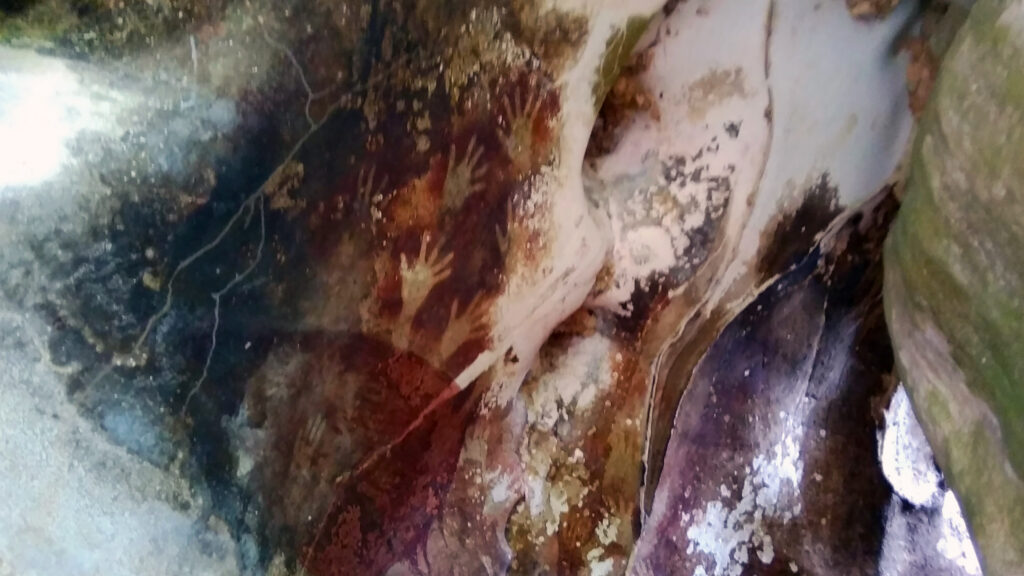
The depicted animals resemble those still found in Sulawesi today. This fascinating discovery challenges our understanding of human cognitive development. Furthermore, Sulawesi’s cave art is at risk of rapid deterioration, emphasizing the need for urgent preservation efforts.
Planning a trip to Indonesia soon? Contact us now and our expert guide will take you on a unique experience and explore this extraordinary treasure of human history and discover these underrated places!

